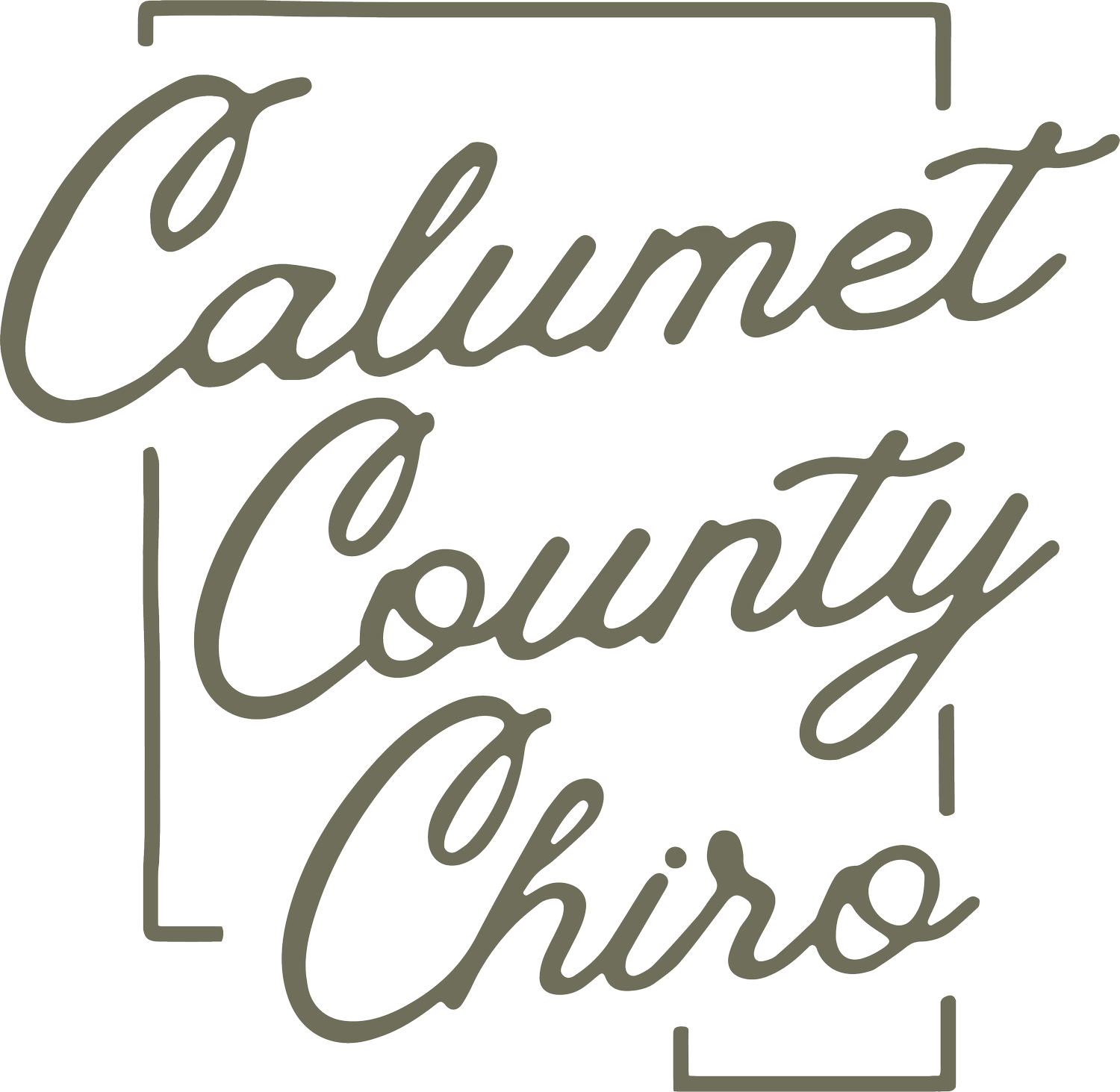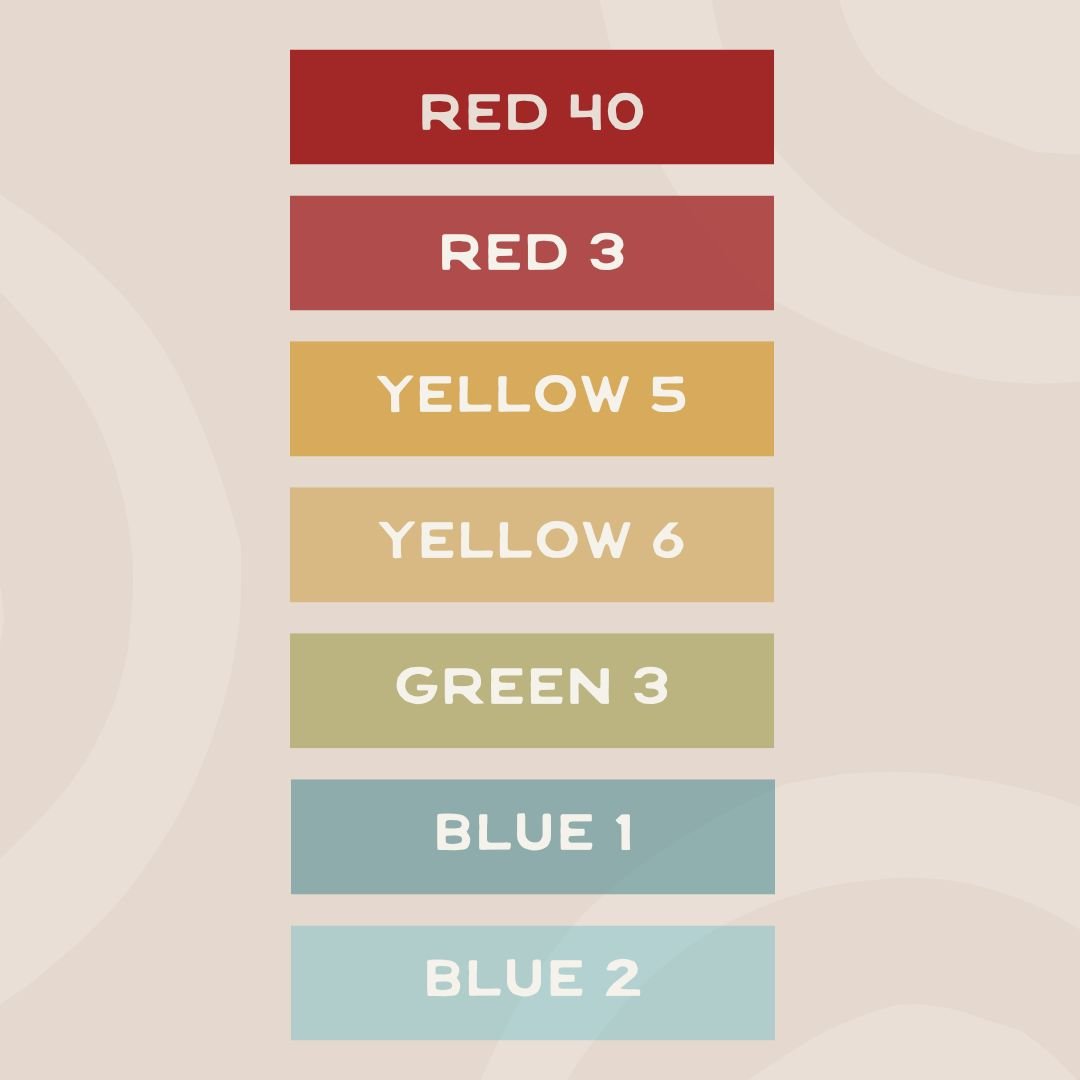Food Dyes - Part 1
Understanding Food Dyes
Hey parents, Easter is coming which for many of you means preparing Easter baskets with candy or dying eggs with your little ones.
Food dye is a topic that has been on my heart to share with you for a few weeks now, so I figured now was a great time to dive in and provide you with some tips and tricks as well as some need to know information about foods your little ones are consuming.
The most common food dyes are:
Red 40 - Most commonly found, an artificial food coloring, highly toxic, can cause hyperactivity, impaired blood clotting, and various forms of cancer.
Red 3 - Can create thyroid issues, thyroid cancer, breast cancer, and chromosomal damages to DNA.
Yellow 5 - Associated with behavioral changes, hyperactivity, DNA gene mutations, and thyroid problems.
Yellow 6 - Can create hyperactivity, adrenal cancer, and testicular cancer.
Green 3 - Has been linked to bladder and testicular cancers.
Blue 1 - Also called “Brilliant Blue,” linked to hyperactivity, kidney tumors, asthma, and brain tumors. It was initially manufactured from coal tar and is now made from an oil base. This dye has been banned from other countries: Norway, Finland, and France due to its links with brain cancer. This dye is typically mixed with other dyes like purple. Green, brown, black, and red to make the colors of foods more vibrant. Other names for Blue Dye 1 are: acid blue 9, brilliant blue, Alphazurine FG, FD & C Blue no. 1, Fenazo Blue XI, Food Blue No. 1, Japan Blue 1, Merantine Blue EG, and Cosmetic Blue Lake.
Blue 2 - Associated with hyperactivity, asthma, linked to bladder tumors, and brain tumors.
In the upcoming days, I will be sharing more specifics of each food dye.
-Dr. Tiffany


